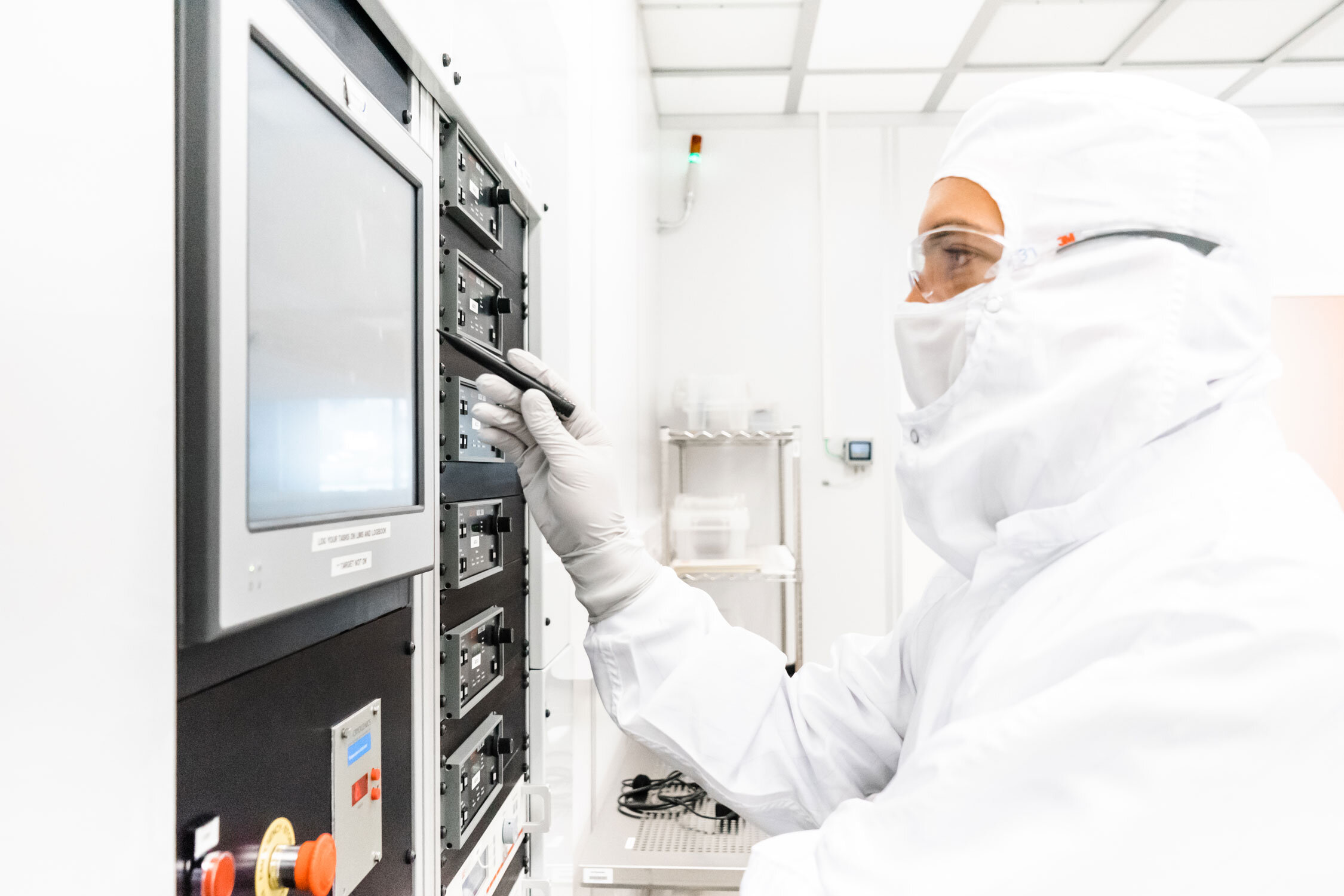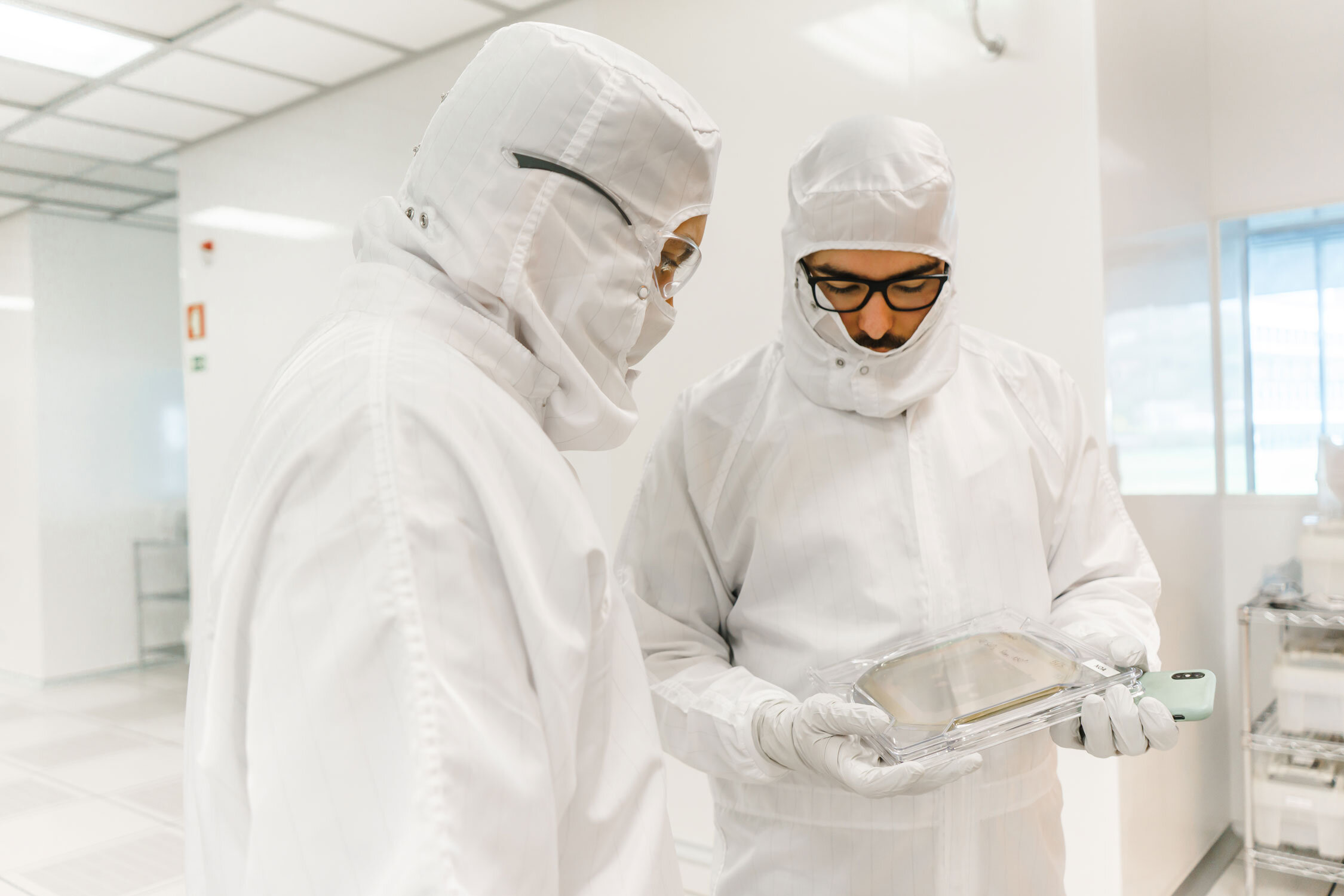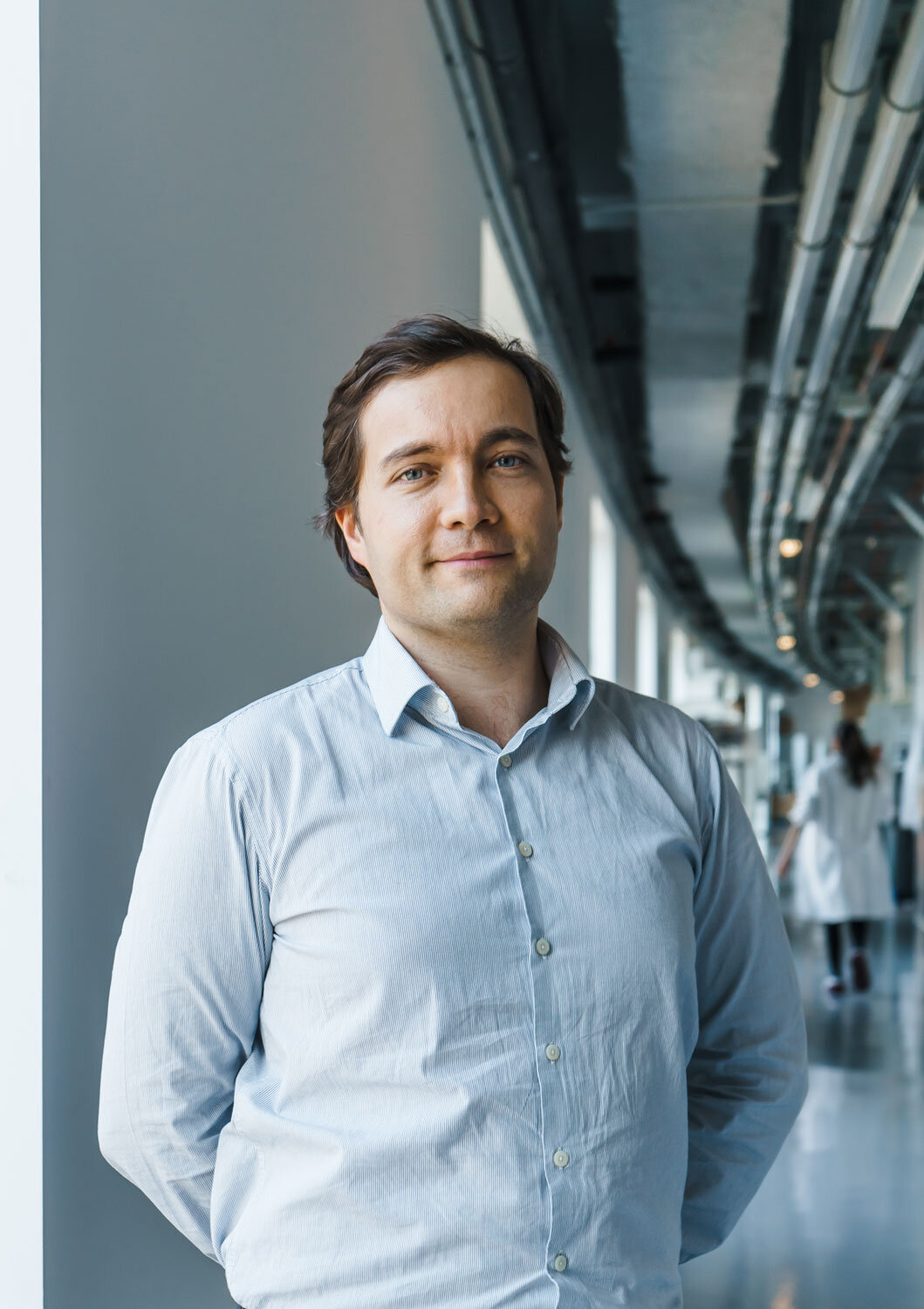
Interview with Pedro Salomé, INL Group Leader
May 8, 2020
Pedro Salomé received his Diploma in Physics Engineering and Doctoral degree in the field of Applied Physics from the University of Aveiro, Portugal, in 2006 and 2011, respectively. During his PhD studies, he worked with growth and characterization of Cu(In,Ga)Se2 and Cu2ZnSn(S,Se)4 thin films for solar cells and he performed short research stays at the Helmholtz Zentrum Berlin, Germany, and at the Federal University of Minas Gerais, Brazil. Between 2011 and 2013 he was a researcher at Uppsala University, Sweden, the project manager of an industrial collaboration with a multi-national company working in the glass sector.
In 2015 he was hired as a staff researcher by INL to be part of the Laboratory of Nanostructured Solar cells and in 2016 he was awarded by the Portuguese Foundation for science and technology (FCT) with an FCT Investigator starting grant to fund his independent group. The same year he co-wrote the H2020 funded project ARCIGS-M (~3M€) coordinated by Uppsala University. To match his individual grant, in January 2017, INL promoted him to group leader of the Nanofabrication for Optoelectronic Applications group. In 2017 Pedro was the principal investigator (PI) and the co-PI of two funded FCT projects, NovaCell (~250 k€) and InoVSolarcells (~250 k€), respectively. Since 2017, Pedro also holds a guest Assistant Professorship position at the Department of Physics at the University of Aveiro.
Pedro has submitted 3 patents to the European patent office and he is very active in the development of solar energy and often contributes with talks at universities, schools and companies, doing science promotion, trying to connect the industry with the research community, and engaging with the general public about renewable energy.
Can you tell us what you are working on at present?
The Nanofabrication for Optoelectronic Applications, the group I am leading, is working on nanofabrication routes that will allow for solar cells to be manufactured at a much quicker rate, easier and with better performance. Structures that are 1000 times smaller than human air, when properly introduced, are capable of improving the solar cell performance in comparison with current technology. In the team, we have 13 motivated researchers that are committed to developing novel nanofabrication and nanocharacterization processes that are the cornerstone of novel cutting-edge optoelectronic applications.
Why did you decide to research this area? What great developments would you highlight?
Nanotechnology, and in particular nanofabrication, opens the door to new and exciting technological possibilities. With the climate crisis being evident and obvious for already many years, I decided that both topics could work synergistically for the common good of humanity and the planet. The development and exploration of industrial-friendly nanofabrication techniques capable of improving existing photovoltaics are one of the major achievements of the group in the past two years being showcased by three families of patents being processed by the European Patent Office and many other inventions disclosures that are currently being analysed by INL. Furthermore, we have been contributing to advanced characterization and understanding of complex semiconductors, revelling to the scientific community that when working at the nano-level, there are many important details. Since 2017, these achievements were supported by 28 publications, 3 EPO patents, 49 poster and 20 oral presentations in international conferences, and 5 externally funded projects.
What has been the biggest challenge while being a Researcher?
Nowadays, Science is a fierce and competitive field as there is a plenitude of brilliant and young researchers and unfortunately there are no resources allocated to fund all these great ideas. Hence, there is a weak link between outstanding research output and funding output. As funding success rates are extremely low, in some cases below 2%, the funding success is more based on luck than on measurable inputs. The implication is that a researcher needs to dedicate a significant amount of resources searching for funding opportunities.
How do you see the future of your Research?
With the challenges that the world is currently facing in terms of the climate crisis, electrification and the use of renewable energy needs to accelerate with new technologies, application areas and societal acceptance. This objective is aligned with several international, European and national plans such as the United Nations Sustainable Development Goals, the European Green Deal and the Portuguese plan for Energy and Climate (Plano Nacional Energia e Clima 2021-2030).
Hence, we will continue to testbed and benchmark novel optoelectronic solutions and manufacturing solutions with a continuous focus on industrial capabilities. Moreover, while doing so, there are additional benefits that the developed technologies and know-how can be helpful to other sectors. Furthermore, we expect our team to excel in nanotechnology with bright and motivated young minds.






